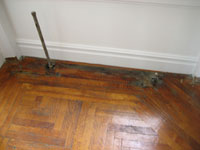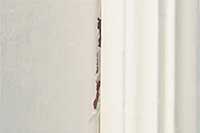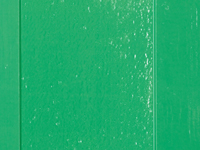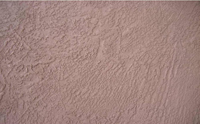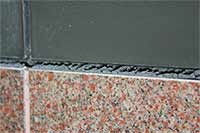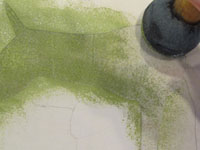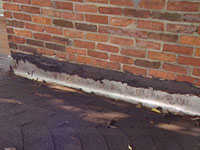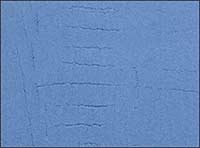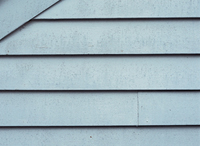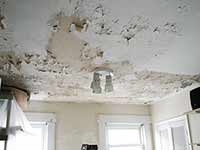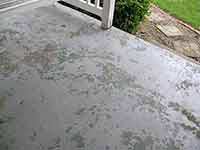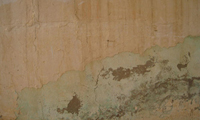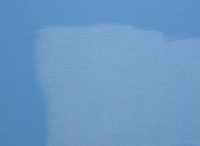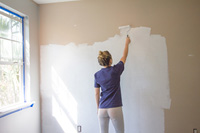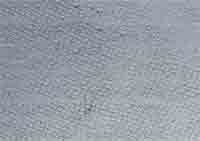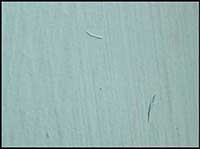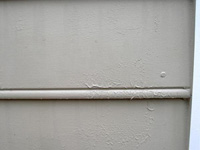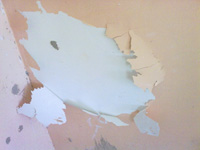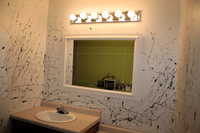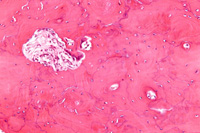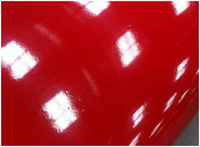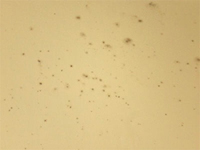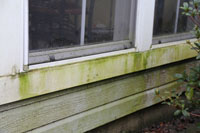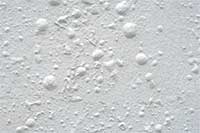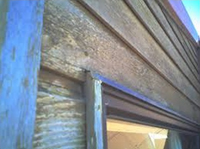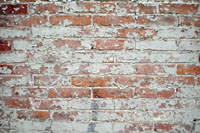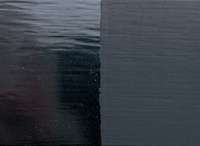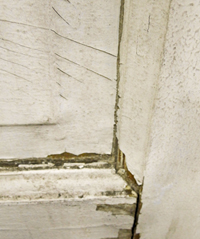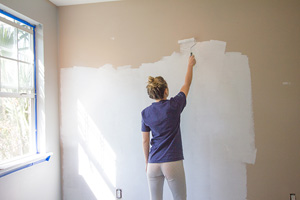 CAUSES: Applying too little paint usually causes poor hiding of colour. Other causes include a radical colour change from one coat to the next, the underlying surfaces being too porous, the use of a poor quality applicator, excessive paint thinning or adequate mixing of the paint. Some low-cost “one-coat” paint will not prove good hiding.
CAUSES: Applying too little paint usually causes poor hiding of colour. Other causes include a radical colour change from one coat to the next, the underlying surfaces being too porous, the use of a poor quality applicator, excessive paint thinning or adequate mixing of the paint. Some low-cost “one-coat” paint will not prove good hiding.
SOLUTIONS: Usually an additional coat or coats of the same material and colour, applied with a good quality tool at the recommended spreading rate, will provide adequate hiding. The exceptions are radical colour changes and extremely porous surfaces, which require a prime coat that is tinted towards the finish colour. Make sure to follow the manufacturer’s recommendations for type and size of applicators and purchase good quality tools.
Refer to the recommended thinning list of the coating label or ask your local independent dealer and don’t over thin.
Contrary to popular opinion, deeper colours do not necessarily hide better than lighter tones. The degree of hiding is due largely to white hiding pigment, some of which must be removed from white bases in to tint deeper colours. Therefore, deep colour bases have less white hiding pigment than pastel and medium tones.

